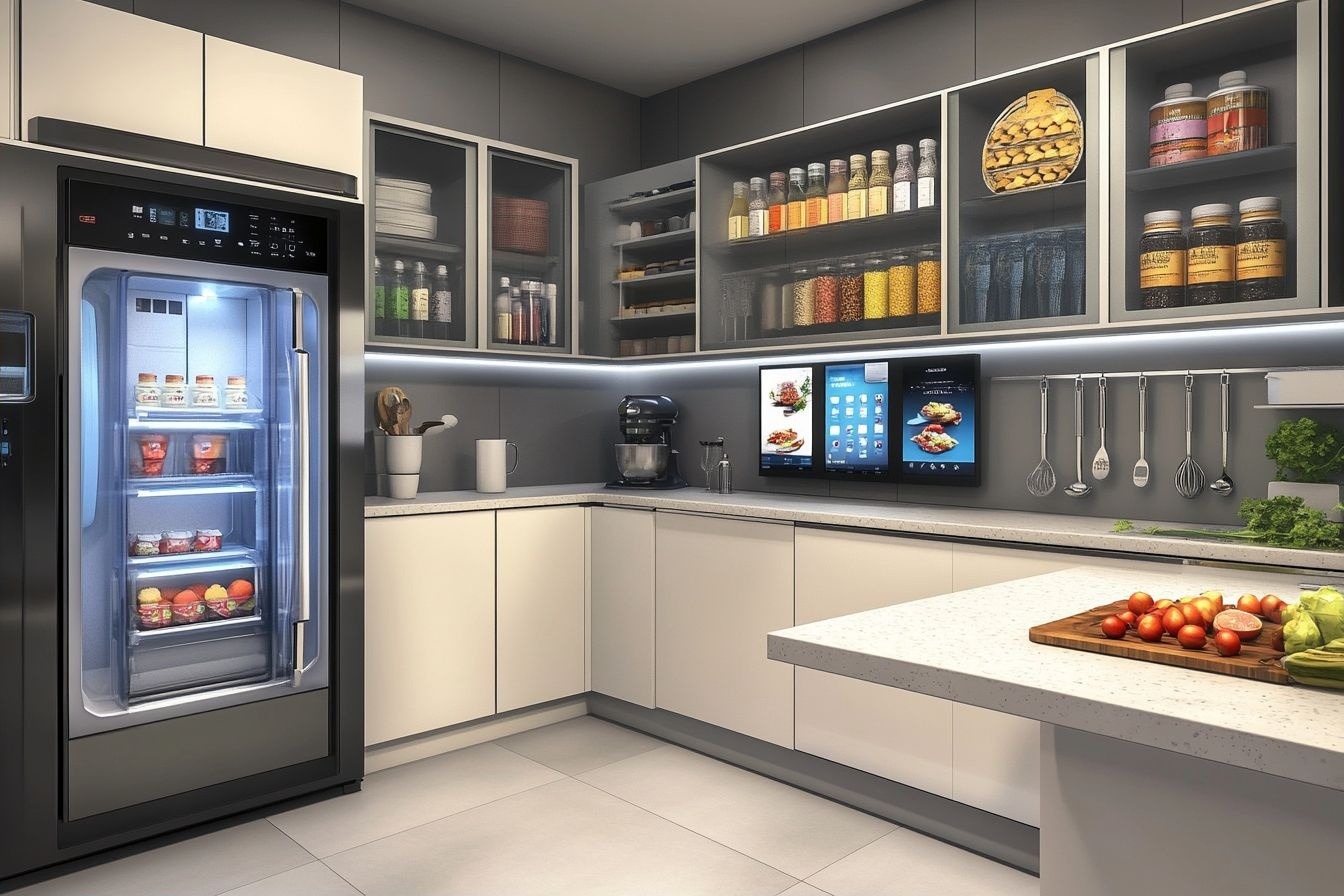Smart appliances that simplify home meal preparation
Smart appliances are changing how households plan, prepare, and serve meals. By automating temperature control, timing, and recipe guidance, connected kitchen devices can reduce the daily friction of cooking while supporting more consistent results. This article outlines practical ways to integrate smart tools into routines, from cookware choices to storage and sustainable maintenance.

Smart appliances can make home meal preparation more predictable and efficient without replacing essential skills. Connected ovens, multicookers, and smart refrigerators help time tasks, suggest recipes, and manage inventory, while thoughtfully chosen cookware, tableware, and utensils complement these devices. This article examines how to pair appliances with everyday kitchen habits to improve mealprep, storage and organization, plating, maintenance, and sustainable practices.
Cookware choices with smart appliances
Selecting cookware that works well with smart appliances improves performance and longevity. For example, induction-compatible stainless steel or cast-iron pans deliver even heat on smart cooktops that can precisely regulate temperature. Nonstick options can be useful for delicate recipes suggested by appliance apps, but check compatibility and recommended heat settings. Choosing versatile sets reduces clutter and supports spaceplanning: a few high-quality pieces often cover sautéing, braising, and baking tasks without excess cookware crowding cabinets.
Mealprep and recipes with connected appliances
Smart appliances streamline mealprep by automating timing and temperature and by offering guided recipes. Multicookers and smart ovens often include step-by-step instructions and automatic adjustments, which help home cooks follow recipes more accurately. Integration with apps can compile grocery lists and suggest batch-cooking strategies, making it easier to plan weekday meals. Consistent performance from appliances also reduces the margin for error when preparing complex recipes, so results are more reliable across repeated mealprep sessions.
Utensils, plating and tableware integration
Utensils and tableware remain central to both function and presentation. Use utensils designed for the surfaces of your cookware—silicone or wooden spoons for nonstick pans, metal spatulas for stainless steel—to protect finishes and maintain performance. Tableware choices influence plating: shallow bowls or rimmed plates can highlight composed dishes from smart-oven roasts or sous-vide results. Matching serving utensils and storage containers helps maintain an organized flow from cooking to plating, improving meal timing and aesthetics.
Storage, organization and spaceplanning
Smart appliances can support smarter storage and organization strategies. Refrigerators with inventory features can track items and suggest recipes, helping prioritize ingredients before they expire. Plan pantry and cabinet space so frequently used cookware and utensils are within easy reach of the appliances that use them most; this improves workflow and reduces time spent searching. Use stackable containers and clear labeling to complement app-driven mealprep, and think about spaceplanning to keep countertop appliances accessible but not obstructive.
Maintenance and sustainable kitchen practices
Regular maintenance extends appliance life and supports sustainable kitchen habits. Follow manufacturer recommendations for cleaning filters, descaling water-based appliances, and checking seals on ovens and refrigerators. Choose durable cookware and repairable appliances where possible to reduce waste. Sustainable choices also include using energy-efficient settings on smart appliances, batch-cooking to reduce repeated heating cycles, and selecting reusable storage and tableware over disposable options. These practices maintain performance and lower environmental impact.
Product comparisons: appliances and features
Practical purchasing decisions benefit from comparing real products on features and typical cost. Below is a concise comparison of widely available smart kitchen appliances, showing core features and a general cost estimation to help with planning. These examples illustrate how different device types—multicookers, smart ovens, and smart refrigerators—support mealprep, storage, and organization in distinct ways.
| Product/Service Name | Provider | Key Features | Cost Estimation (if applicable) |
|---|---|---|---|
| Instant Pot Duo Nova (electric multicooker) | Instant Brands | Pressure-cook, slow cook, rice, steam, one-touch programs, companion app recipes | $70–$150 |
| June Oven | June | Smart countertop oven with internal camera, guided cooking, app control, multiple cooking modes | $500–$1,000 |
| Family Hub Refrigerator | Samsung | Touchscreen, inventory management, app integration, food tracking | $1,500–$3,000 |
Prices, rates, or cost estimates mentioned in this article are based on the latest available information but may change over time. Independent research is advised before making financial decisions.
Conclusion
Smart appliances can reduce routine friction in home cooking while supporting better organization, consistent results, and sustainable practices. Pairing the right cookware, utensils, and tableware with connected devices improves mealprep flow and plating outcomes. Thoughtful spaceplanning and regular maintenance help maximize appliance performance and longevity, allowing these tools to enhance everyday kitchen routines without introducing unnecessary complexity.





